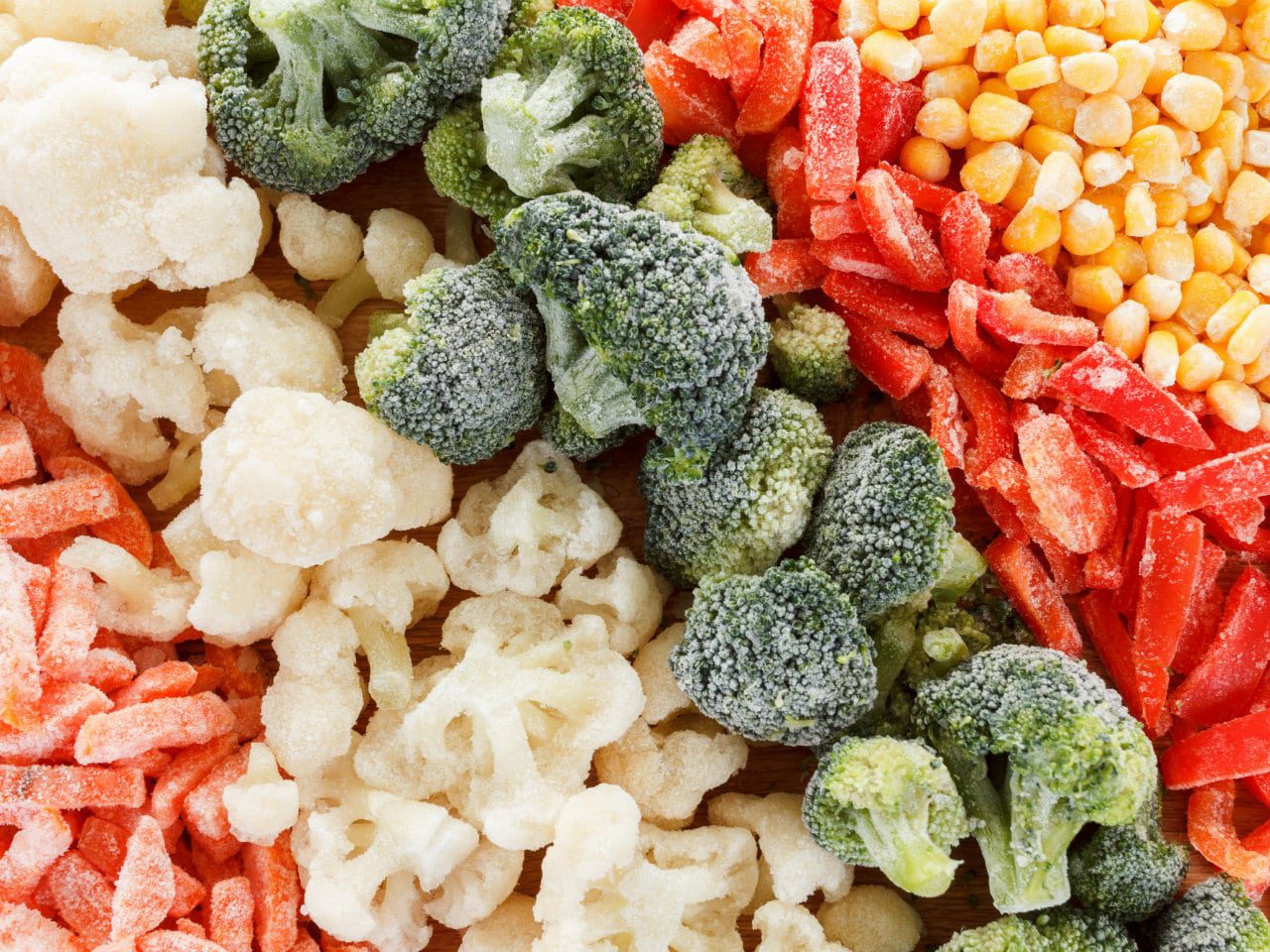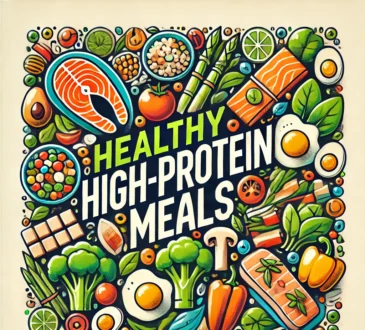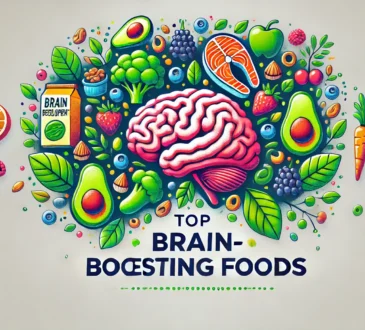Fresh produce is seemingly the safer bet, but don’t ice out frozen fruits and vegetables just yet. Studies have shown that produce can lose up to 45 percent of its essential nutrients during the journey from farm to table – a period that can last as long as 16 days. These berries, melons, tomatoes, and greens can be exposed to pesticides, extreme heat and light during transport, further compromising their freshness and nutritional value. By contrast, most frozen fruits and vegetables are promptly blanched, boiled, or steamed and then frozen within hours of being picked, a process that helps lock in both fresh taste and nutritional value. Frozen produce is also available year-round and in most cases is cheaper than fresh. It’s high time, then, to stock your freezer with these underappreciated nutritional powerhouses.
Corn the cob
At just 59 calories per ear, corn is packed with fiber, antioxidants, and B vitamins. It’s a great source of carotenoids like lutein that protect your eyes from macular degeneration, one of the leading causes of blindness in adults. Add corn kernels to your salad, soup, or black-bean salsa. With finely chopped coriander and a sprinkle of cheese for Mexican equities (that’s “toasted corn” to you, gringo). Or enjoy the whole ear. Just skip the butter.
BROCCOLI
Broccoli helps lower cholesterol and detoxifies the body. It’s also a good source of fiber to aid in digestion, kaempferol to fight inflammation and vitamins A and K to ward off vitamin D deficiency. Toss florets with whole-meal pasta; use them in omelets; or stir-fry with thinly sliced sirloin, chopped garlic, and low-sodium soy sauce for a quick dinner.
PUMPKIN
Pumpkin is like a multivitamin on your plate, protecting you from a host of ills. Top pumpkin with cinnamon and maple syrup for a treat with a difference. Or for a more savory soup, blend pumpkin, low-sodium stock, and sauteed onion and garlic. Add low-fat Greek yogurt for a creamier variation.
Brussels sprouts
It helps to lower your cholesterol, protect your DNA, and have anti-cancer benefits. Throw them on a baking tray with a little olive oil and chopped garlic and roast at 200°C for 35 to 40 minutes.
SPINACH
Packed with cancer-reducing antioxidants and anti-inflammatories, spinach is also a good source of iron. You can add chopped spinach to lasagne, scrambled eggs, cottage cheese, or any sauce or soup for added flavor and nutrients.
BLUEBERRIES
It’s hard to believe how much cancer-fighting power is packed into such a small superfruit. Keep them on hand to boost the flavor and nutrients in your protein shakes, or add frozen blueberries to hot porridge.
CHERRIES
Research links cherries’ red color – provided by the fruit’s powerful anthocyanins – to a reduction in inflammation, total cholesterol, and belly fat. Defrost some cherries and put them on top of plain Greek yogurt.
Edamame
High in fiber, protein, carbs, amino acids, and minerals such as calcium and magnesium, edamame makes for the perfect snack with your beer (go easy on the salt). Toss some into your pasta or salad for a nutrient boost.
Green beans
Rich in eye-protecting phytonutrients, green beans also help your bones stay strong, thanks to their high concentration of silicon. Use them in a salad made with omega3-packed tuna and potatoes or with sliced garlic, cherry tomatoes, and red pepper flakes for a spicy low-cal side.
CAULIFLOWER
This cruciferous vegetable helps reduce the risk of cancer, particularly prostate, bladder, and colon cancers. Chop in the food processor, then microwave in a covered dish for an alternative to rice; or pure with fennel seeds to make a dip or soup.
CARROTS
Carrots are rich in beta carotene, a form of vitamin A that’s great for your vision and heart-healthy antioxidants. Throw frozen carrots into stews and soups – do so earlier in the cooking process if you prefer them more tender or towards the end for a little more crunch.
PEACHES
These fruits are high in calcium, potassium, B vitamins, and antioxidants. Add sliced peaches to cottage cheese for a high-protein, low-carb post-workout snack; bake with cinnamon and a touch of agave; top with low-fat frozen yogurt.
HOW FRESH IS FRESH?
CARROTS 9–10 days from farm to table 10% of the nutrients lost
PEAS 8–10 days from farm to table, 15% of the nutrients lost
BROCCOLI & CAULIFLOWER 6–16 days from farm to table 25% of the nutrients lost
GREEN BEANS 11–15 days from farm to table 45% of the nutrients lost












